
Siding with a Modern Flair is Reborn
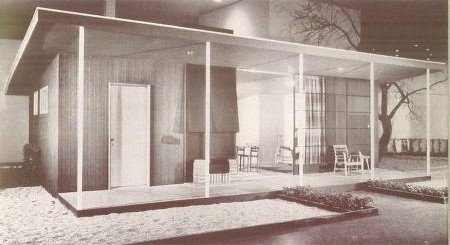 |
|
|
For decades, designer Donald Deskey’s Weldtex was a favored material for walls both inside and out. It is back, as revealed in the Fall 2014 issue of CA-Modern magazine.
Eichler Siding, a Bay Area siding firm, has figured out how to produce the versatile and colorful plywood panel, which was developed by Deskey starting in 1928 and was in wide use from 1940 through the 1960s. The striated panel can add textural interest to a room or to an exterior.
 |
|
|
Jeff Nichols, owner with his wife Annette of Eichler Siding, makes Weldtex available through his Vintage Plywood Millworks division.
Eichler Siding’s Weldtex panels can be used for interior accent walls, full-room paneling, for cabinets or ceiling panels, or for other uses.
Deskey may be best known today for his packaging designs. You may have squeezed one of his designs this very morning, his tube for Crest toothpaste. Pampers, Prell shampoo, and Jif peanut butter all benefited from the Deskey touch.
But really, don’t you think his heart was really in architecture? That’s how he started out, a boy from small town Minnesota studying first art at San Francisco’s Mark Hopkins Art Institute, then at the architecture school at the University of California in Berkeley just a few years after it had been founded.
Although Deskey did not become an architect, architectural design certainly made up a major part of his work – probably the most flamboyant part. A master of Art Deco, he designed the lavish interiors of Radio City Music Hall in New York. He also designed an apartment above the theater for impresario Roxy Rothafel.
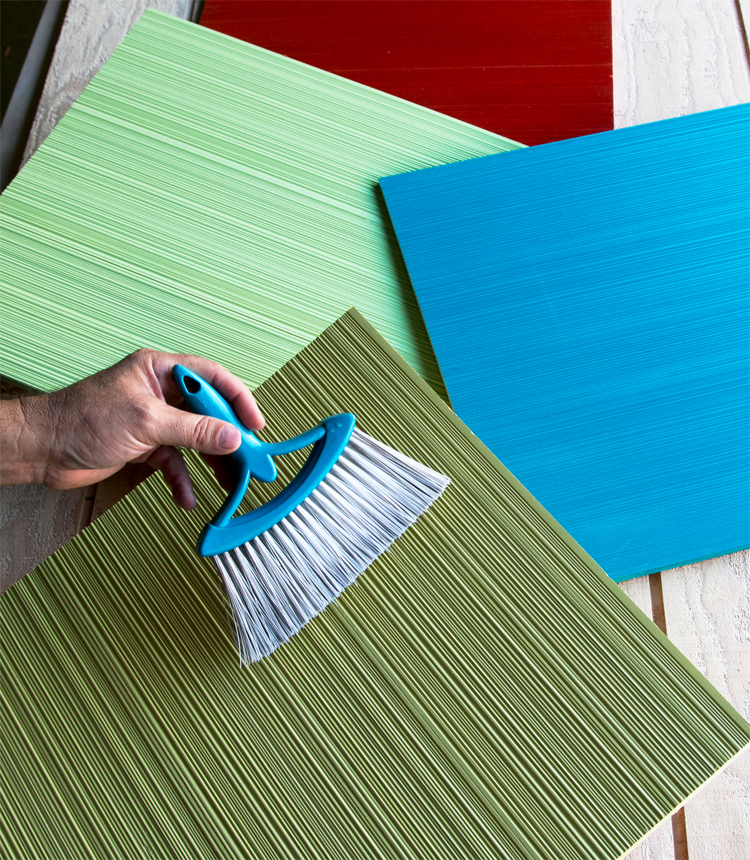 |
|
|
Helena Rubenstein, John D. Rockefeller, and other celebrities and barons of wealth lived in Deskey-designed interiors.
But architecture to Deskey wasn’t just about knocking your socks off. Like other designers of the time, Deskey had a social conscience and an interest in a better future for all.
Deskey developed Weldtex in part as part of his designs for small, inexpensive, prefabricated houses that began in the 1930s.
This is an interest he shared with Jones & Emmons and Anshen and Allen, the Eichler architects who also, separately, focused on inexpensive, easily assembled or prefabricated housing for the masses.
Deskey designed his ‘Sportshack’ purportedly as a vacation cabin that could be quickly and easily built. It was displayed at the Metropolitan Museum of Art in 1940 as part of a Contemporary Industrial Arts Exhibition. It was also displayed at the New York World’s Fair.
David A. Hanks, lead author of ‘Donald Deskey: Decorative Designs and Interiors,’ argued that Deskey’s plans for the Sportshack included providing housing for victims of the Depression.
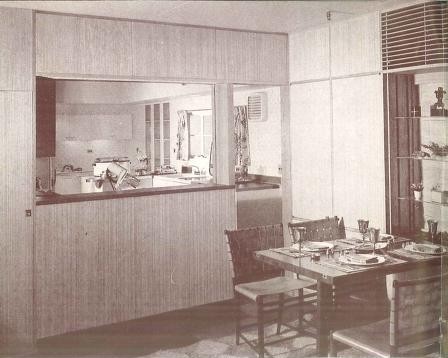 |
|
|
By associating them with “a stylish luxury item, Deskey hoped to overcome the opinion that they represented mere expedients of the Depression, to be abandoned with the return of prosperity,” he wrote.
Working with the firm United States Plywood Corp, Deskey developed Weldtex as a material that would be inexpensive, easy to install, usable almost everywhere – and attractive. For exteriors it could be water-proofed. Deskey patented the material in 1940. It was used of course on the Sportshack.
Deskey experimented with other 'new' materials as well – another interest he shared with progressive architects of the time. The Sportshack used a special kind of glass designed by Libbey Owns Ford to let in light while keeping out heat.
A decade before, Deskey had worked with Reynolds Aluminum to create wallpaper made of aluminum foil.
When Colliers and U.S. Plywood magazine installed 'The House of Ideas' atop Radio City in 1940, Deskey's very modern demonstration house used Weldtex throughout. “For Walls Which Grow Old Gracefully,” U.S. Plywood promised.
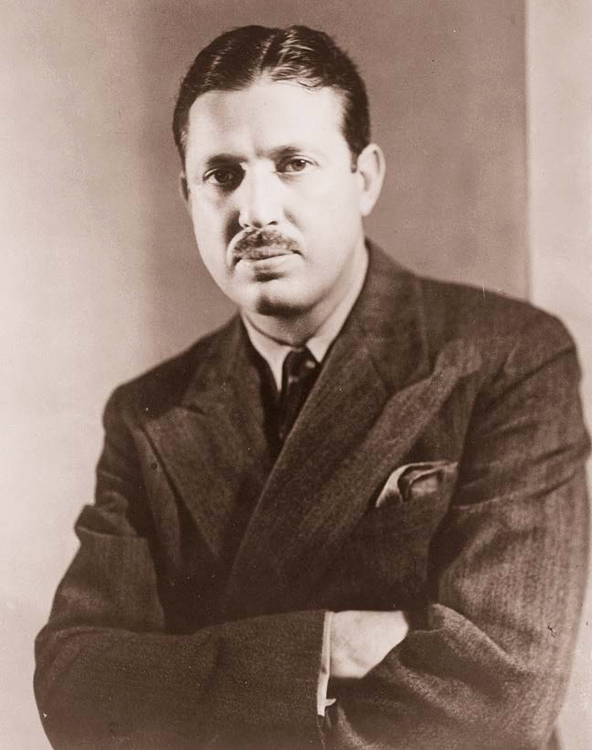 |
|
|
“Weldtex represents a new and unique textural finish on wood,” Colliers wrote. “To the native beauty of wood, it adds the charm of sculptural low relief, giving a depth of tone to wall treatments otherwise unobtainable.
“Wood has been in general use for so many centuries that the development of an entirely new treatment would seem impossible. Yet, Donald Deskey, noted industrial designer, has accomplished just that in this striated soft wood.
“The random vertical lines present an unusual and delightful texture, which permits of an endless variety of finishes.”
Right after World War II, Deskey positioned the Sportshack as more than a vacation retreat, establishing a company, Shelter Industries, to turn it into a line of prefabricated homes. Models, displayed in New York City and elsewhere, attracted much attention from the public. Several dozen were produced, popping up in New Jersey and Connecticut. Stamford, Connecticut, bought 60 for public housing.
But fabrication issues, a strike at a manufacturing plant, and a loss in interest in prefabrication by the federal government, which had initially trumpeted prefar homes as a solution to the housing crisis, did the firm in within a year.
For a sneak peek in PDF of the 'Walls with Wow' article about Weldtex from the new fall '14 CA-Modern, click on the attachment link at the bottom of this page. A PDF of the story will quickly fill your screen.
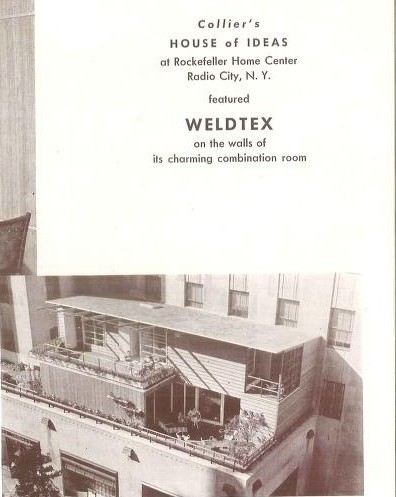 |
|
|
| Attachment | Size |
|---|---|
| Fall14_siding_p8.pdf | 227.41 KB |
- ‹ previous
- 529 of 677
- next ›



